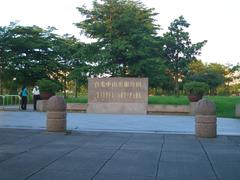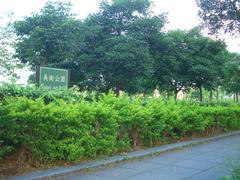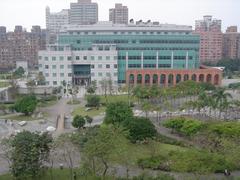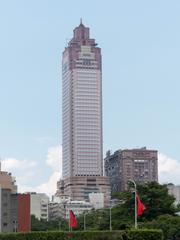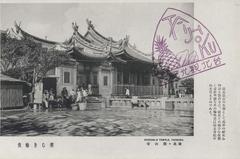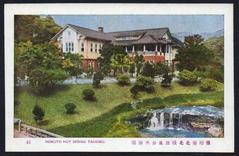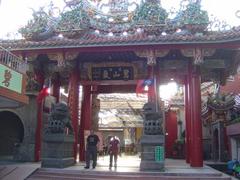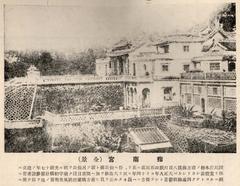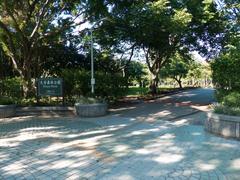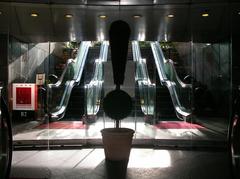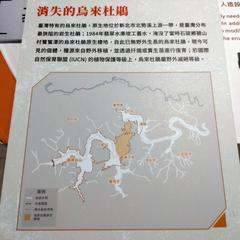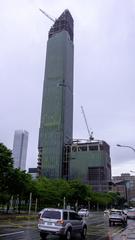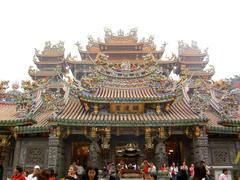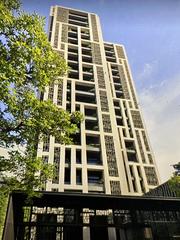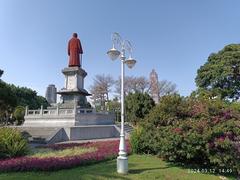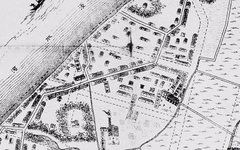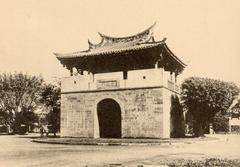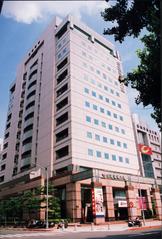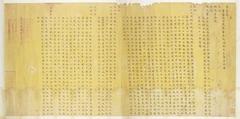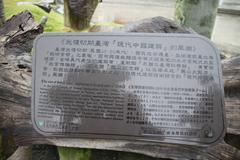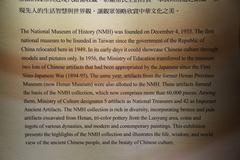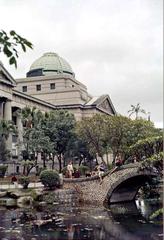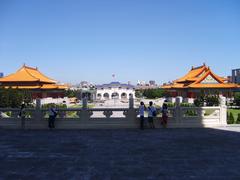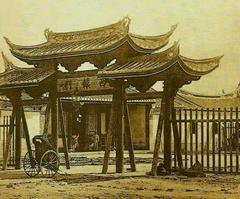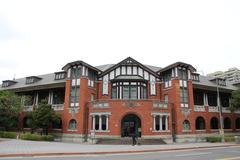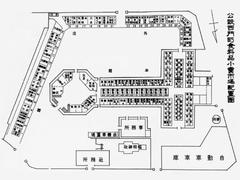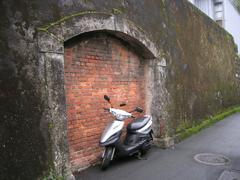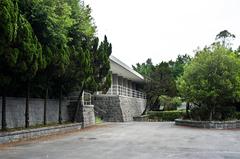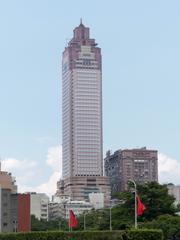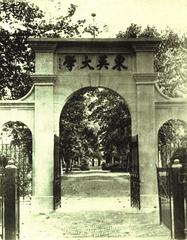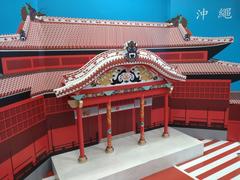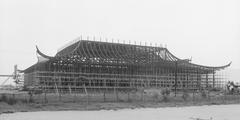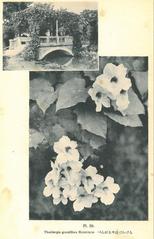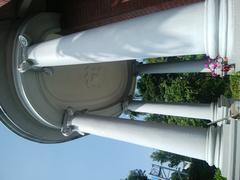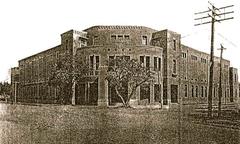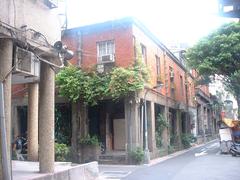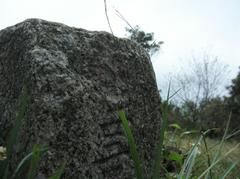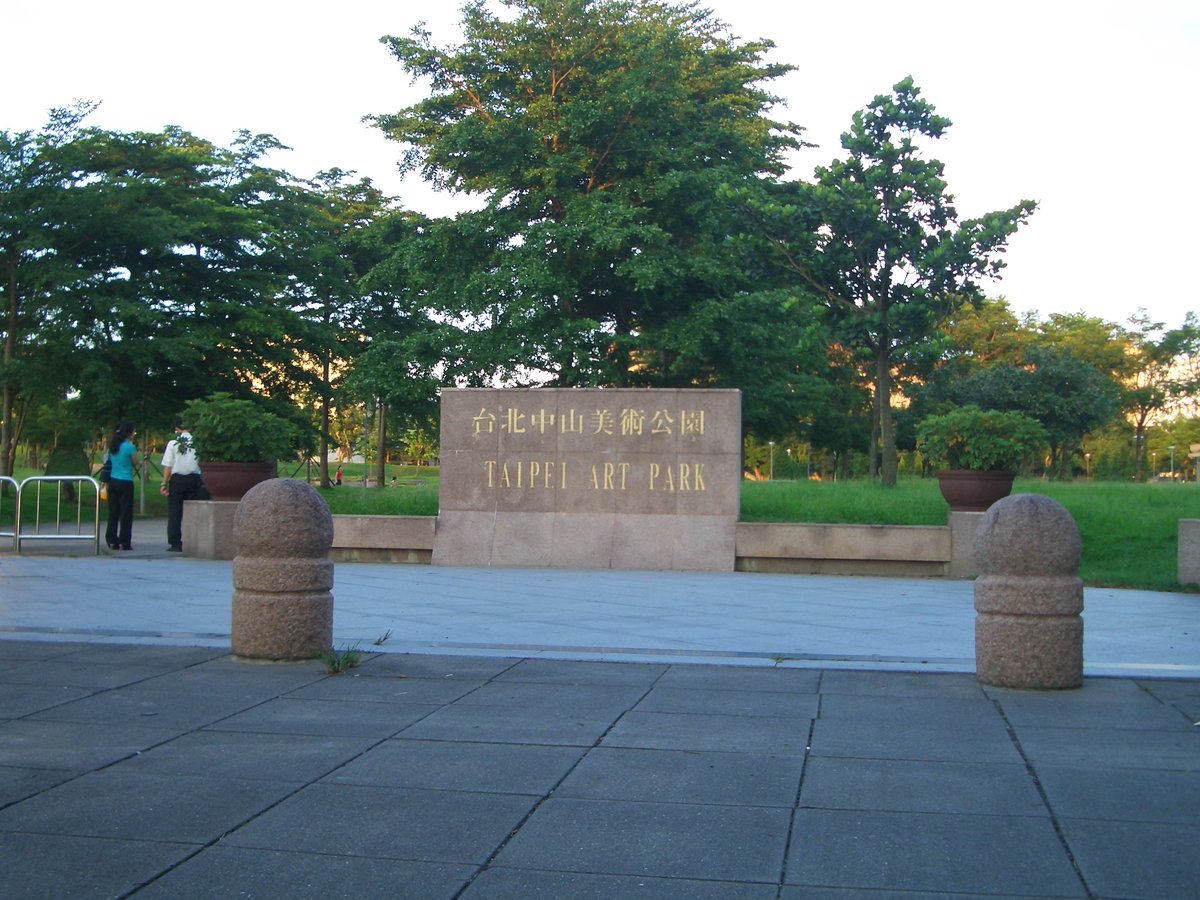
Visiting Guide for Taipei Glass Pyramid, Taipei, Taiwan
Publication Date: 31/07/2024
Introduction to Taipei Glass Pyramid
The Taipei Glass Pyramid, or 台北玻璃金字塔, stands as a beacon of modern architectural innovation in the heart of Taipei, Taiwan. Drawing inspiration from the iconic Louvre Pyramid in Paris, this striking structure embodies a blend of cultural fusion and contemporary design. The pyramid is not just a visual marvel but a symbol of Taipei’s commitment to harmonizing its rich historical heritage with the futuristic skyline. The Taipei Glass Pyramid’s transparent and reflective surfaces interact dynamically with natural light, making it a popular spot for both tourists and locals alike. Visitors to this landmark can expect to delve into its rich history, appreciate its engineering prowess, and enjoy a multitude of cultural and recreational activities within its vicinity. Whether you’re an architecture enthusiast, a photography lover, or a casual visitor, the Taipei Glass Pyramid offers a unique and enriching experience that reflects Taipei’s vibrant cultural landscape (Wikipedia, Architecture and Design).
Contents Overview
- Introduction
- History and Significance of 台北玻璃金字塔 (Taipei Glass Pyramid)
- Origins and Architectural Inspiration
- Design and Construction
- Cultural and Symbolic Significance
- Controversies and Public Reception
- Visitor Information
- Ticket Prices
- Opening Hours
- Travel Tips
- Nearby Attractions
- Accessibility
- Unique Aspects
- Special Events
- Guided Tours
- Photographic Spots
- Awards and Recognition
- Broader Impact on Architecture
- FAQ Section
- Conclusion
Visiting the Taipei Glass Pyramid: History, Tickets, and Visitor Tips
History and Significance of 台北玻璃金字塔 (Taipei Glass Pyramid)
Origins and Architectural Inspiration
The 台北玻璃金字塔 (Taipei Glass Pyramid) draws inspiration from the iconic Louvre Pyramid in Paris, designed by Chinese-American architect I. M. Pei and completed in 1989. The Taipei Glass Pyramid incorporates elements of glass and metal, creating a striking visual centerpiece in the heart of Taipei. The Louvre Pyramid itself was part of the Grand Louvre project announced by French President François Mitterrand in 1981 and was initially met with controversy due to its modernist style juxtaposed against the classical French Renaissance architecture of the Louvre Palace (Wikipedia).
Design and Construction
The Taipei Glass Pyramid features a geometric design composed of glass segments and metal poles. The structure’s height and base dimensions are calculated to create an aesthetically pleasing and functional space. The Louvre Pyramid, for example, reaches a height of 21.6 meters (71 feet) and has a square base with sides measuring 34 meters (112 feet), consisting of 603 rhombus-shaped and 70 triangular glass segments (Wikipedia). The Taipei Glass Pyramid follows a similar design ethos, ensuring that it serves both as an architectural landmark and a functional space for visitors.
Cultural and Symbolic Significance
The Taipei Glass Pyramid is not just an architectural feat but also a symbol of modernity and cultural fusion. Its design pays homage to the ancient pyramids of Egypt, which were symbols of death and the afterlife. In Taipei, however, the pyramid represents a bridge between the past and the future, blending traditional architectural elements with contemporary design. This fusion reflects Taipei’s broader cultural landscape, where historical sites coexist with modern skyscrapers.
Controversies and Public Reception
Much like the Louvre Pyramid, the Taipei Glass Pyramid faced its share of controversies during its planning and construction phases. Critics argued that its modernist design clashed with the traditional architectural styles prevalent in Taipei. Some even speculated about the symbolic implications of the pyramid, drawing parallels to the number of glass panes in the Louvre Pyramid, which was mistakenly believed to be 666, the number of the devil (Architecture and Design). However, these controversies have largely subsided, and the pyramid is now celebrated as a significant addition to Taipei’s architectural landscape.
Visitor Information
Ticket Prices
Visitors can purchase tickets for the Taipei Glass Pyramid at the entrance or online. Ticket prices vary depending on the age group and any ongoing exhibitions. It is recommended to check the official website for the most up-to-date pricing information.
Opening Hours
The Taipei Glass Pyramid is open to visitors from 9:00 AM to 6:00 PM daily. During special events or holidays, the hours may vary, so it is advisable to check the official website before planning your visit.
Travel Tips
- Getting There: The Taipei Glass Pyramid is easily accessible by public transportation. The nearest metro station is Xinyi Anhe Station, from where you can take a short walk to the site.
- Best Time to Visit: Early mornings or late afternoons are ideal for visiting to avoid the crowds and enjoy the best lighting for photography.
- What to Bring: Comfortable walking shoes, a camera, and a water bottle are recommended for a pleasant visit.
Nearby Attractions
While visiting the Taipei Glass Pyramid, you can also explore nearby attractions such as Taipei 101, the National Chiang Kai-shek Memorial Hall, and the Xinyi Shopping District.
Accessibility
The Taipei Glass Pyramid is wheelchair accessible, with ramps and elevators available for ease of movement. Restrooms and other facilities are also designed to accommodate visitors with disabilities.
Unique Aspects
Special Events
The Taipei Glass Pyramid hosts various special events throughout the year, including art exhibitions, cultural festivals, and light shows. Check the official website for the latest event schedule.
Guided Tours
Guided tours are available for visitors who want to learn more about the history and design of the Taipei Glass Pyramid. These tours provide in-depth information and unique insights into the architectural marvel.
Photographic Spots
The Taipei Glass Pyramid offers numerous photographic spots, both inside and outside the structure. The natural light filtering through the glass creates stunning visual effects, making it a favorite spot for photographers.
Awards and Recognition
The Taipei Glass Pyramid has garnered significant recognition for its architectural excellence. It has been praised for its innovative design and its ability to blend modern and traditional elements seamlessly. The Louvre Pyramid, which served as its inspiration, received the American Institute of Architects’ (AIA) prestigious Twenty-five Year Award in 2017, an honor conferred on buildings that have stood the test of time for 25-35 years (Architecture and Design). The Taipei Glass Pyramid is expected to achieve similar accolades as it continues to be a prominent feature of Taipei’s skyline.
Broader Impact on Architecture
The success of the Taipei Glass Pyramid has inspired other architectural projects in the region and beyond. The concept of using glass pyramids as architectural elements has been emulated in various museums and commercial centers. For example, the Museum of Science and Industry in Chicago and Pioneer Place in Portland have incorporated similar designs, showcasing the versatility and appeal of this architectural style (Wikipedia).
FAQ Section
- What are the visiting hours for the Taipei Glass Pyramid? The Taipei Glass Pyramid is open from 9:00 AM to 6:00 PM daily.
- How much are tickets for the Taipei Glass Pyramid? Ticket prices vary depending on age group and exhibitions. Check the official website for current pricing.
- Is the Taipei Glass Pyramid wheelchair accessible? Yes, the Taipei Glass Pyramid is wheelchair accessible with ramps and elevators available.
- Are guided tours available? Yes, guided tours are available and offer in-depth information about the pyramid’s history and design.
Conclusion
The 台北玻璃金字塔 (Taipei Glass Pyramid) stands as a testament to the innovative spirit of modern architecture. Drawing inspiration from the iconic Louvre Pyramid, it blends traditional and contemporary elements to create a unique and functional space. Despite initial controversies, it has become a celebrated landmark in Taipei, symbolizing the city’s dynamic cultural landscape and its ability to harmonize the old with the new. As it continues to attract visitors and garner recognition, the Taipei Glass Pyramid solidifies its place as a significant architectural achievement in the heart of Taiwan.
Sources and Further Reading
- Wikipedia. (n.d.). Louvre Pyramid. Retrieved July 31, 2024, from Wikipedia
- Architecture and Design. (n.d.). Louvre Pyramid: I.M. Pei’s Masterpiece. Retrieved July 31, 2024, from Architecture and Design
